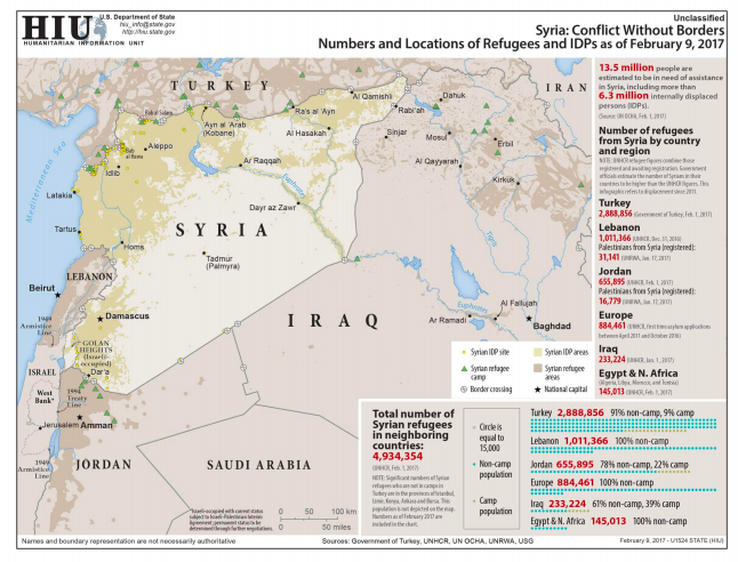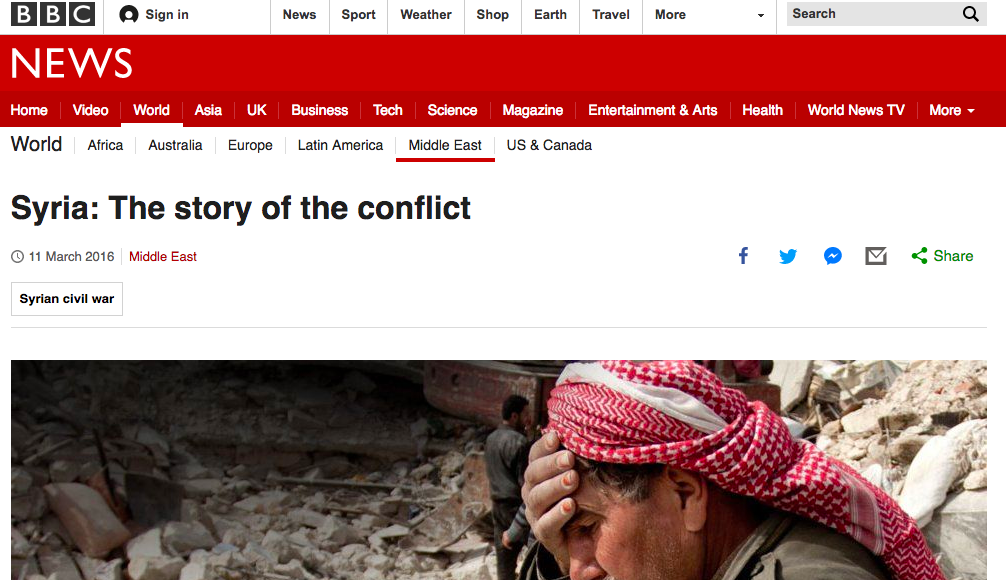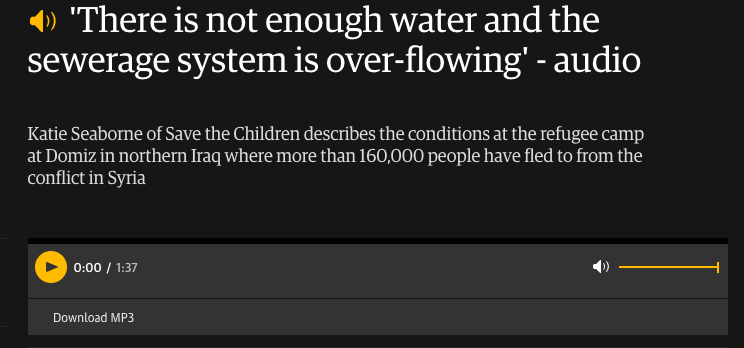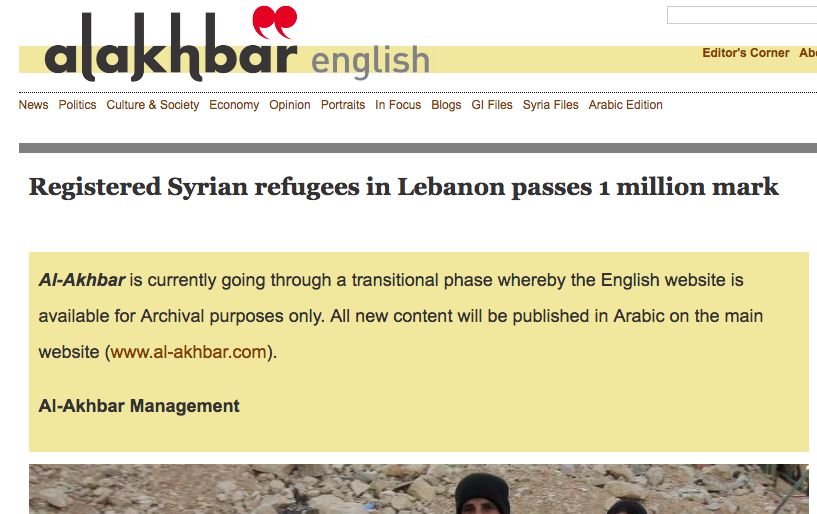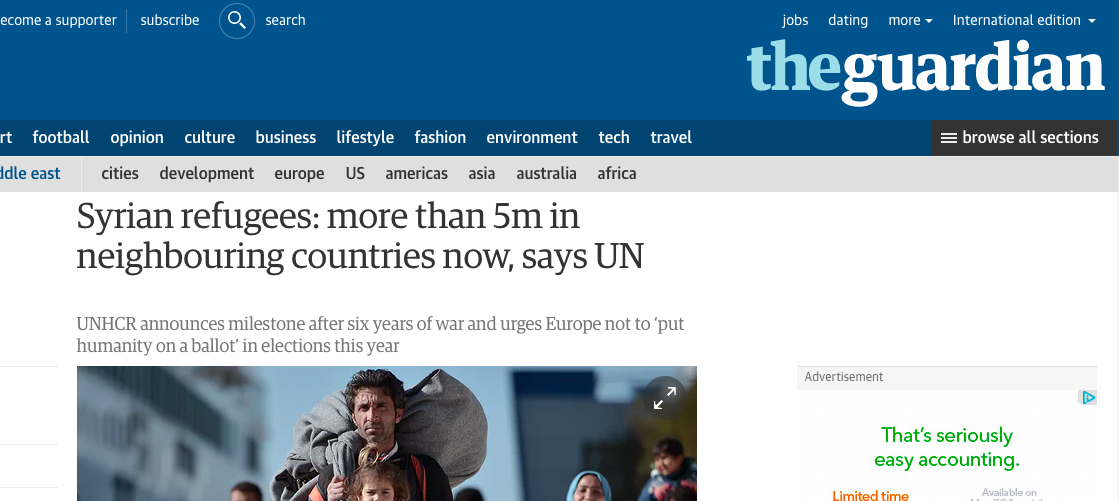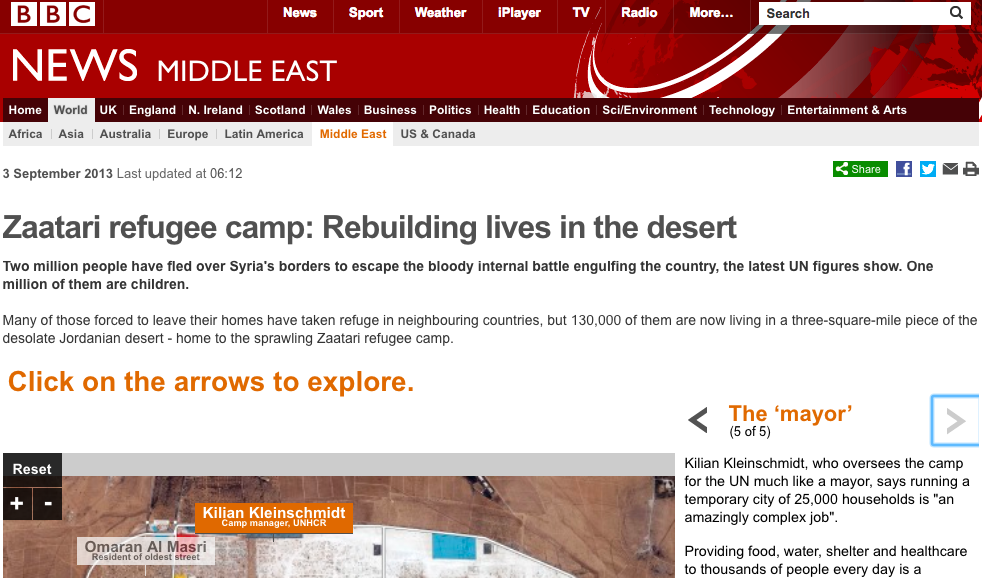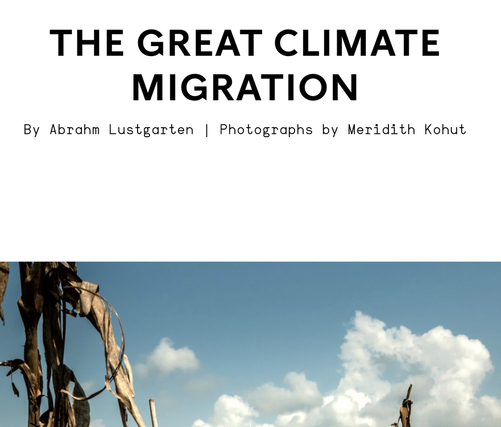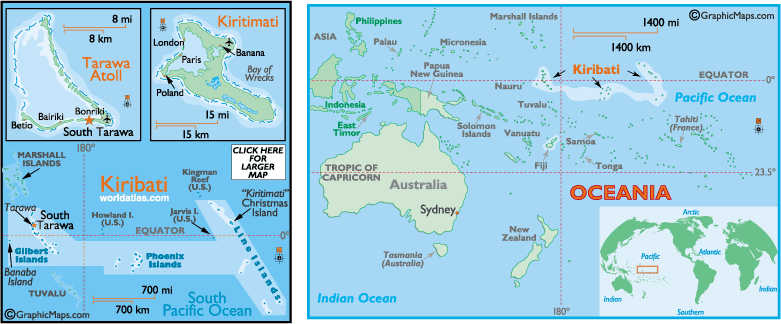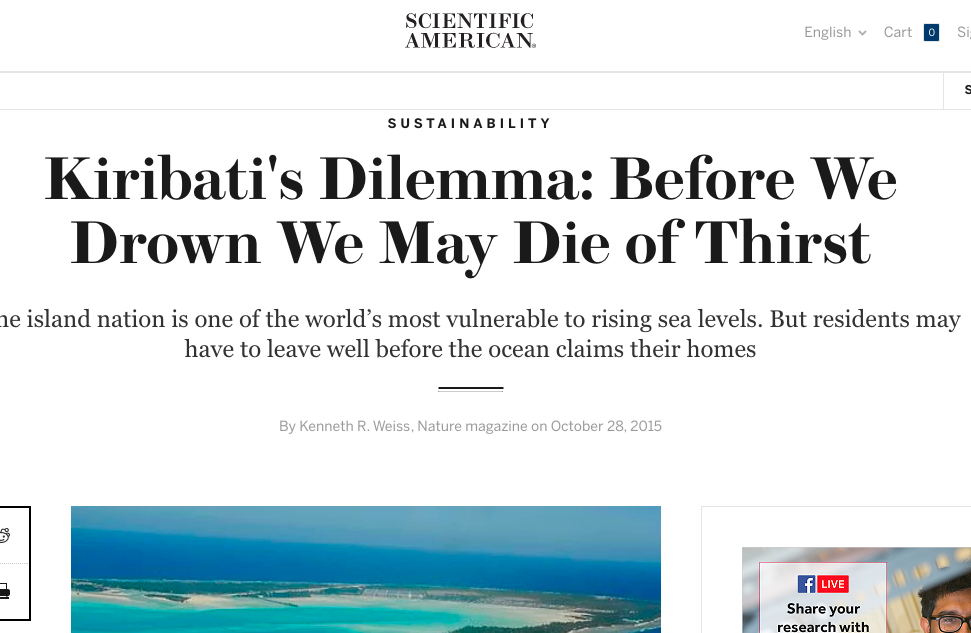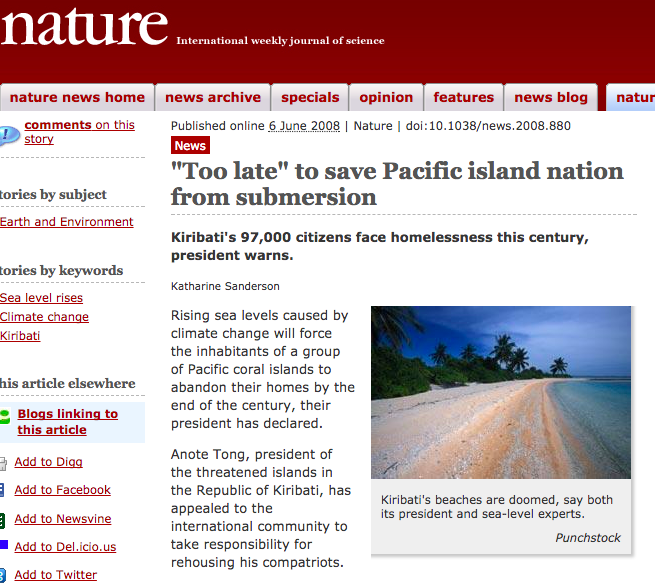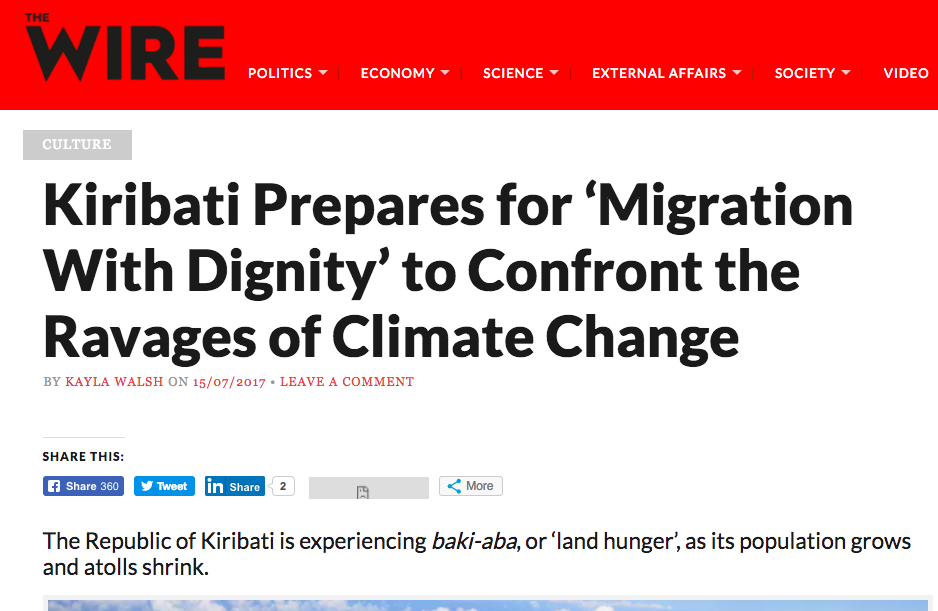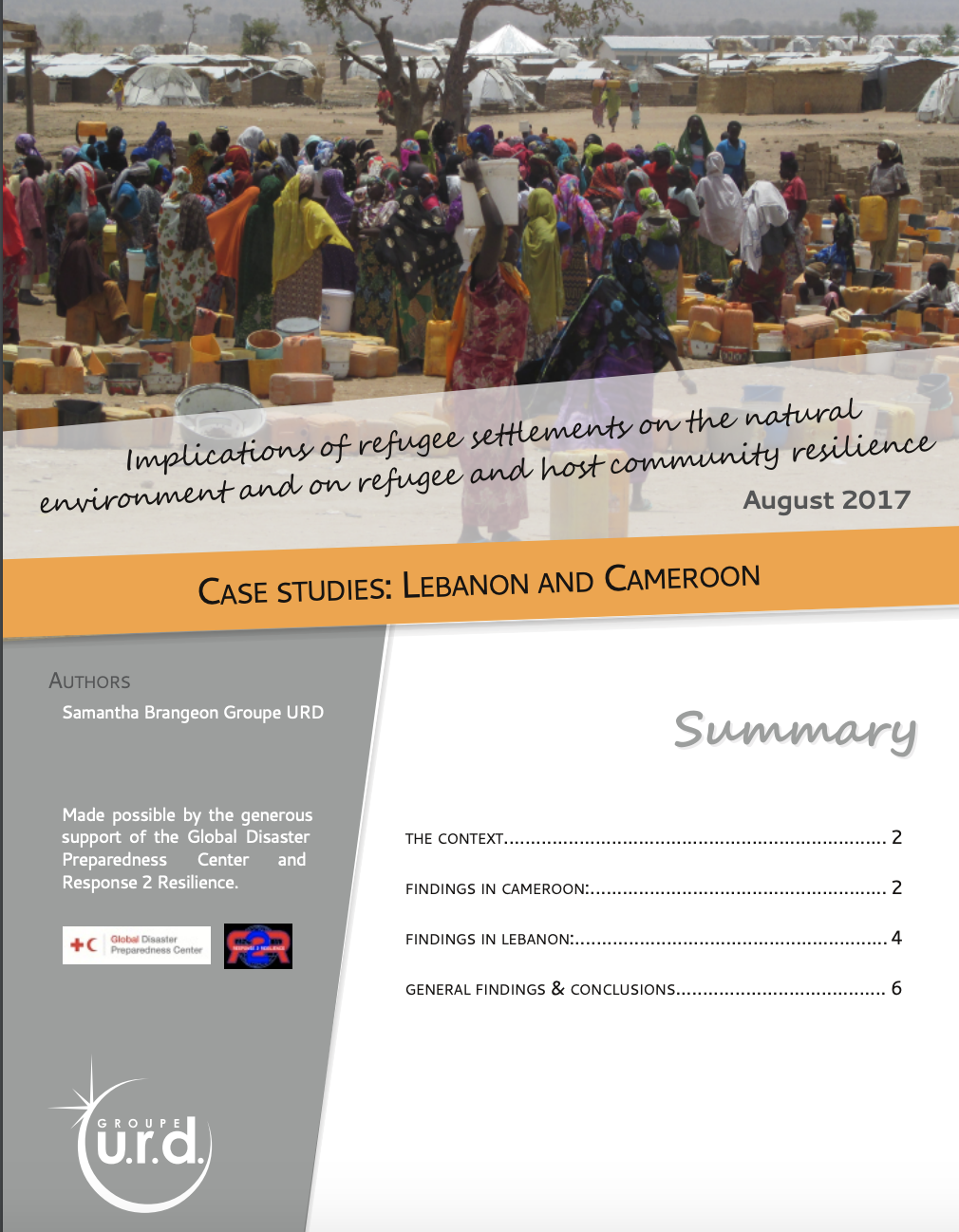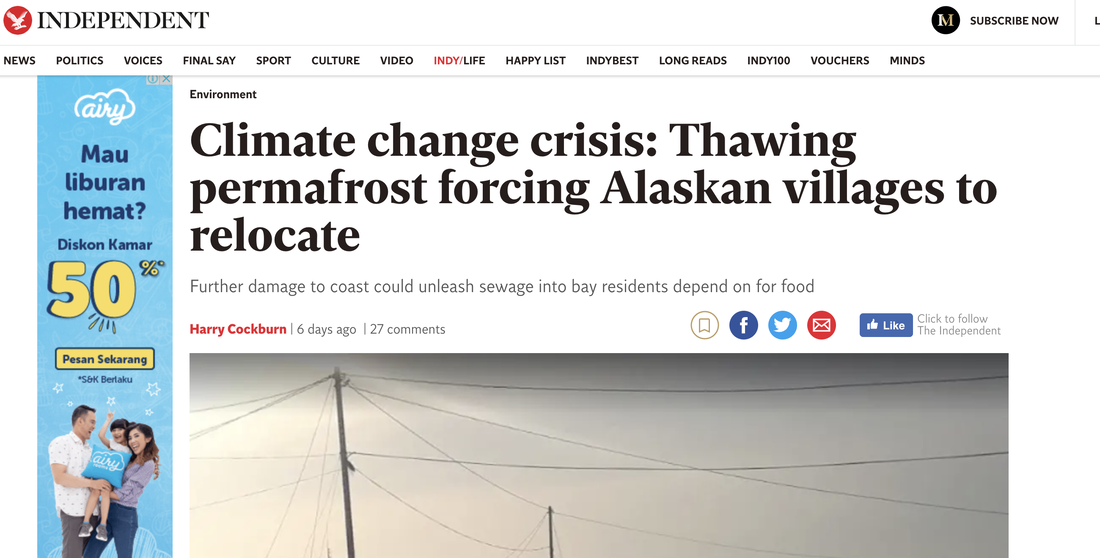-
MYP
- Home
-
IGCSE
- Course information
-
Physical: Hazardous environments
>
- Distribution of tectonic hazards
- Causes of tsunami
- Measuring earthquakes
- Earthquake case study 1: Haiti
- Earthquake case study 2: Christchurch
- Why do earthquakes do more damage in LICs than in HICs?
- How are volcanic eruptions measured?
- Tropical storms - distribution
- Causes of tropical cyclones
- Tropical cyclones - case study
- Why live in hazardous areas?
-
River Environments
>
- Hydrological cycle
- River basins
- Factors affecting river regimes
- Fluvial processes: erosion
- Fluvial processes: weathering and mass movement
- Fluvial processes: transportation and depositon
- River features and their formation
- How rivers change from source to mouth
- Uses of water
- Water pollution
- Water supply
-
IBDP
-
Changing population
>
- Global patterns of economic development
- Physical and human factors affecting global population distribution
- Case study 1: China
- Case study 2: Niger
- Demographic transition
- Megacity growth
- Forced migration and internal displacement
- Ageing populations
- Pro-natalist and anti-natalist policies
- Gender equality policies
- Trafficking policies
- The Demographic Dividend
-
Global climate vulnerability and resilience
>
- Atmospheric system
- The energy balance
- Changes in the energy balance
- The enhanced greenhouse effect
- Climate Change and the Hydrosphere, Atmosphere and Biosphere
- Impacts of climate change on people and places
- Disparities in exposure to climate change risk and vulnerability
- Government-led adaptation and mitigation strategies
- Civil society and corporate strategies
-
Global resource consumption and security
>
- Progress towards poverty reduction
- Measuring trends in global consumption
- Global patterns and trends in the availability and consumption of water
- Global patterns and trends in the availability and consumption of land/food
- Global patterns and trends in the availability and consumption of energy
- Water food and energy nexus
- Recycling and waste
- Malthus vs Boserup
- Resource Stewardship strategies
- Sustainable Development Goals
-
Freshwater - drainage basins
>
- The drainage basin as a system
- How rivers change from source to mouth
- River discharge
- River processes
- River landforms
- Factors affecting flood risk
- Attempts at flood prediction
- Flood mitigation
- Flood mitigation case studies
- Water scarcity
- Agricultural activities and water quality
- Pressures on lakes and aquifers
- Internationally shared water and conflict
- Water management: participation of local communities
- Dams as multi-purpose schemes
- Water management: Integrated Drainage Basin Management (IDBM)
- Managing wetlands
-
Leisure, Sport and Tourism
>
- Growth and purpose of leisure time
- Categories of tourism and sport
- Economic development and participation
- Factors affecting personal participation
- Factors affecting growth of tourism hotspots
- Spheres of influencee
- Factors affecting a national sports league
- Festivals
- Niche national tourism strategies
- Role of TNCs
- Tourism as a national development strategy
- International sporting events
- Consequences of unsustainable growth
- Sustainable tourism
- Future international tourism
- Political and cultural influences on sport
- Extended Essay in Geography >
- Skills/concepts >
-
Changing population
>
- Geography and ToK
- Theory of Knowledge
Subject Guide
The causes and consequences of forced migration and internal displacement.
Detailed examples of two or more forced movements, to include environmental and political push factors, and consequences for people and places
Detailed examples of two or more forced movements, to include environmental and political push factors, and consequences for people and places
|
|
|
A. Definitions
Forced migration
The International Association for the Study of Forced Migration (IASFM) defines forced migration as: ‘a general term that refers to the movements of refugees and internally displaced people (those displaced by conflicts) as well as people displaced by natural or environmental disasters, chemical or nuclear disasters, famine, or development projects.’ We can divide forced migration into three broad groups:
1. Conflict-Induced - this is when people are forced to flee their homes because of armed conflict including civil war; generalised violence; and persecution on the grounds of nationality, race, religion, political opinion or social group. Examples would include refugee crises and internal displacement of people in Syria, Afghanistan, Iraq, Chechnya
2. Development-Induced - this is when people are forced to leave their homes because of policies and projects implemented to supposedly enhance ‘development’. Examples of this include large-scale infrastructure projects such as dams, roads, ports, airports; urban clearance initiatives; mining and deforestation; and the introduction of conservation parks/reserves and biosphere projects. Examples would include the displacement of indigenous people in rainforest area or of people in China as a result of the Three Gorges Dam.
3. Disaster-Induced - this is when people are forced to leave their homes as a result of natural disasters (floods, volcanoes, landslides, earthquakes), environmental change (deforestation, desertification, land degradation, global warming) and human-made disasters (industrial accidents, radioactivity).
Refugee
The United Nations defines a refugee as "someone who has been forced to flee his or her country because of persecution, war, or violence. A refugee has a well-founded fear of persecution for reasons of race, religion, nationality, political opinion or membership in a particular social group."
Internally displaced person
The United Nations defines an internally displaced person as "someone who is forced to flee his or her home but who remains within his or her country's borders. They are often referred to as refugees, although they do not fall within the legal definitions of a refugee."
The International Association for the Study of Forced Migration (IASFM) defines forced migration as: ‘a general term that refers to the movements of refugees and internally displaced people (those displaced by conflicts) as well as people displaced by natural or environmental disasters, chemical or nuclear disasters, famine, or development projects.’ We can divide forced migration into three broad groups:
1. Conflict-Induced - this is when people are forced to flee their homes because of armed conflict including civil war; generalised violence; and persecution on the grounds of nationality, race, religion, political opinion or social group. Examples would include refugee crises and internal displacement of people in Syria, Afghanistan, Iraq, Chechnya
2. Development-Induced - this is when people are forced to leave their homes because of policies and projects implemented to supposedly enhance ‘development’. Examples of this include large-scale infrastructure projects such as dams, roads, ports, airports; urban clearance initiatives; mining and deforestation; and the introduction of conservation parks/reserves and biosphere projects. Examples would include the displacement of indigenous people in rainforest area or of people in China as a result of the Three Gorges Dam.
3. Disaster-Induced - this is when people are forced to leave their homes as a result of natural disasters (floods, volcanoes, landslides, earthquakes), environmental change (deforestation, desertification, land degradation, global warming) and human-made disasters (industrial accidents, radioactivity).
Refugee
The United Nations defines a refugee as "someone who has been forced to flee his or her country because of persecution, war, or violence. A refugee has a well-founded fear of persecution for reasons of race, religion, nationality, political opinion or membership in a particular social group."
Internally displaced person
The United Nations defines an internally displaced person as "someone who is forced to flee his or her home but who remains within his or her country's borders. They are often referred to as refugees, although they do not fall within the legal definitions of a refugee."
B. Case Study 1: Syria
Use the resources below to complete a case study file on the political push factors which have led to the crisis of both displaced people and refugees from Syria. Use the doc below to structure your research.
|
|
|
|
|
|
C. Case study 2: Kiribati - Climate Change Refugees?
Use the resources to examine the case of Kiribati (pronounced Kiribahs). Explore the following:
- What are the political and environmental push factors?
- Would you classify this migration as a "forced migration"? Justify your answer. If you said no, how will this change in the future?
- What will be the impacts on the people of Kiribati (SEEP)? What about the countries to which they may migrate?
Kiribati is one of the first countries at risk of becoming uninhabitable owing to climate change. Reasons for this include:
- Kiribati is composed of 33 atolls (a ring-shaped coral reef encircling a lagoon). Because atolls are naturally low-lying, and have a high ratio of coastline to land area, they are especially vulnerable to sea-level rise and storm surges.
- Sea-level rise linked to climate change threatens to render Kiribati uninhabitable well before it is completely submerged.
- Severe and frequent coral bleaching caused by warming ocean waters could hinder growth of Kiribati's reefs, compounding the dangers of sea-level rise.
With most of its land only a few metres above sea level, Kiribati has already seen significant damage from storms and flooding. Some of the nation's uninhabited islets have already vanished.
Most of Kiribati's population of 112,000 people live on the atoll of Tarawa, where the capital is located. The city of Tarawa is less than 3 meters above sea level. Kiribati's president has alerted the United Nations to the challenges the country faces from beach erosion, sea-level rise, and contamination of freshwater.
Rising sea surface temperatures pose an additional danger to Kiribati. Coral reefs—which are critical to sustaining atolls and their islands—are very sensitive even to small increases in ocean temperature, which can cause coral bleaching.
|
|
|
|
|
|
Kiribati has no internal migration option as there is no higher ground to move to. The country’s leaders have therefore attempted to develop new opportunities for its citizens to migrate abroad.
The ‘migration with dignity’ policy is part of Kiribati’s long-term nation-wide strategy. This aims to create opportunities for those who wish to migrate abroad now and in the near future. The goal is to develop expatriate communities in various receiving countries, such as Australia and New Zealand, so that they may support other migrants in the longer term, and also to enhance the opportunity for remittances to be sent back. The second part of the policy is to improve the levels of education and training in Kiribati. It is hoped that this training and education will provide opportunities to migrate abroad ‘with dignity’.
The ‘migration with dignity’ policy is part of Kiribati’s long-term nation-wide strategy. This aims to create opportunities for those who wish to migrate abroad now and in the near future. The goal is to develop expatriate communities in various receiving countries, such as Australia and New Zealand, so that they may support other migrants in the longer term, and also to enhance the opportunity for remittances to be sent back. The second part of the policy is to improve the levels of education and training in Kiribati. It is hoped that this training and education will provide opportunities to migrate abroad ‘with dignity’.
D. Forced migration in Niger
Check the student textbook for a great case study on Niger which fits with your previous work. Read carefully and complete question bank 2J.

